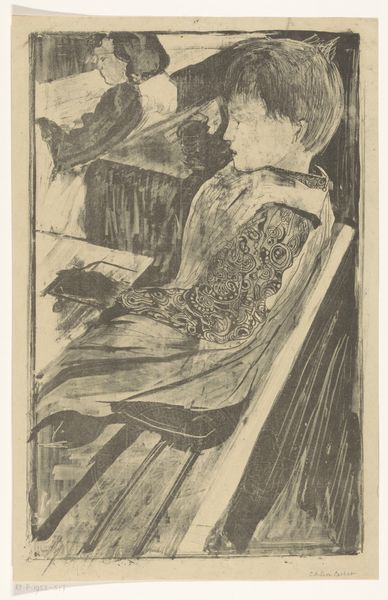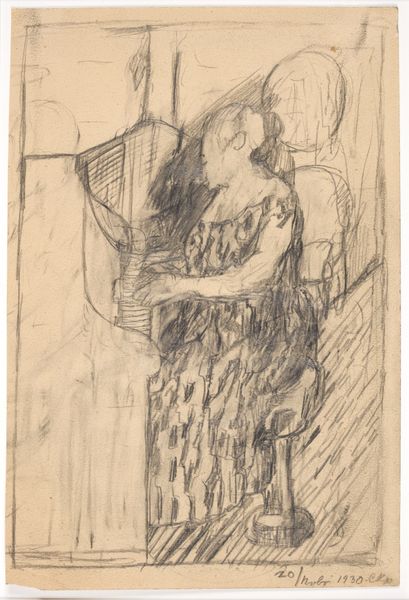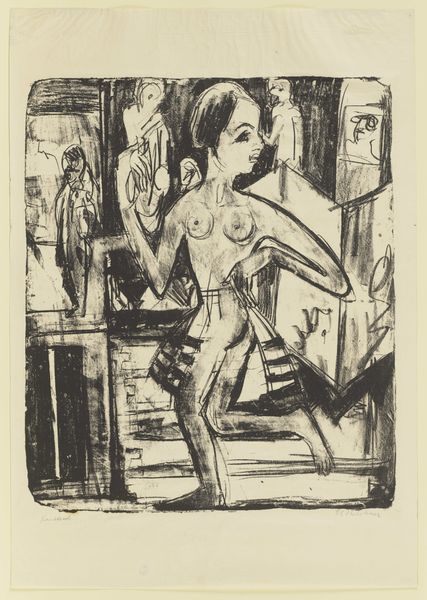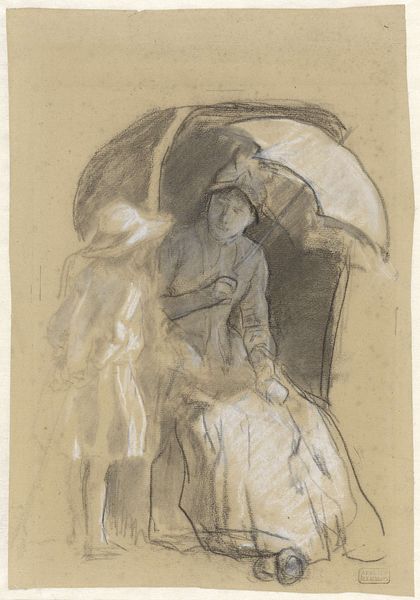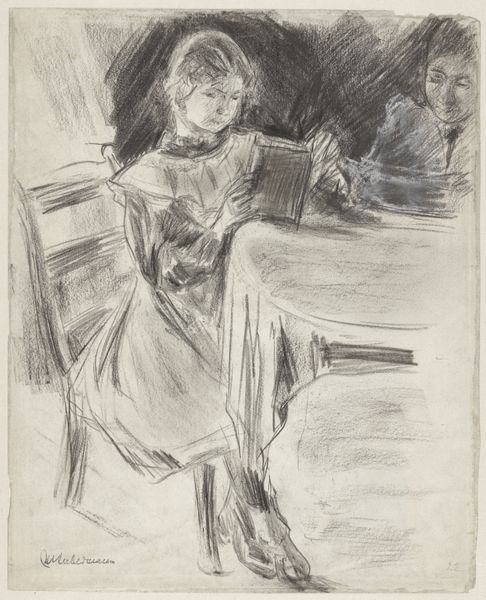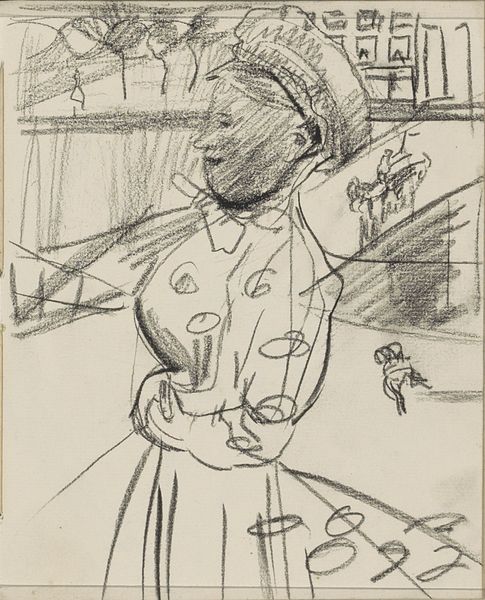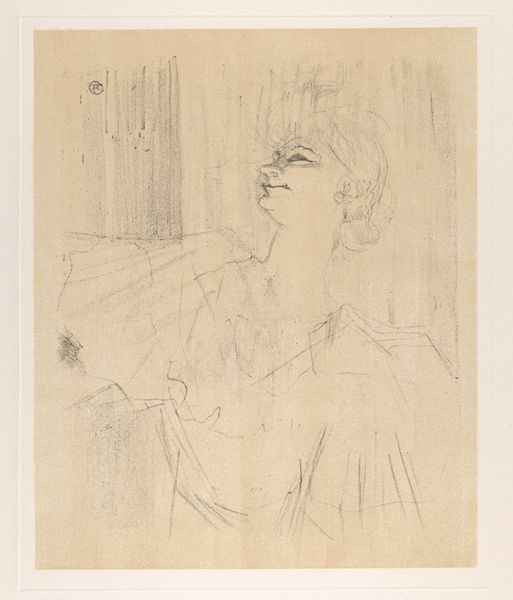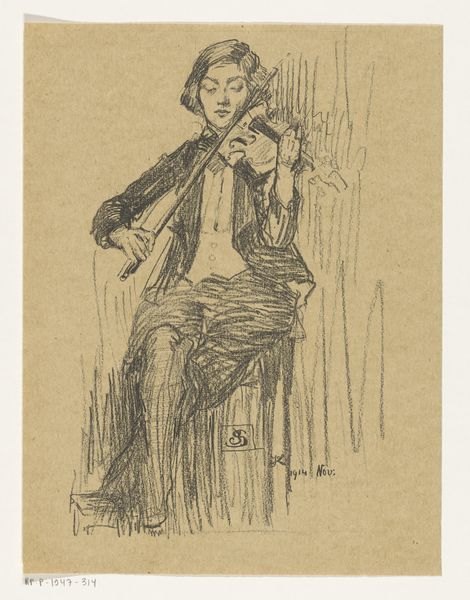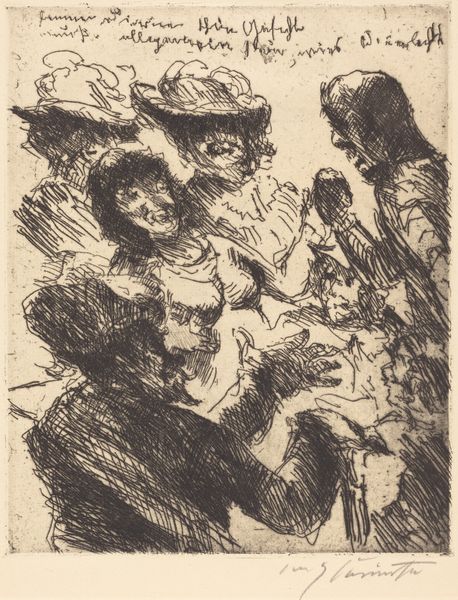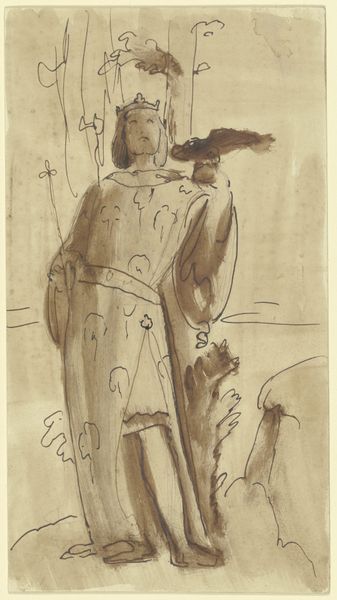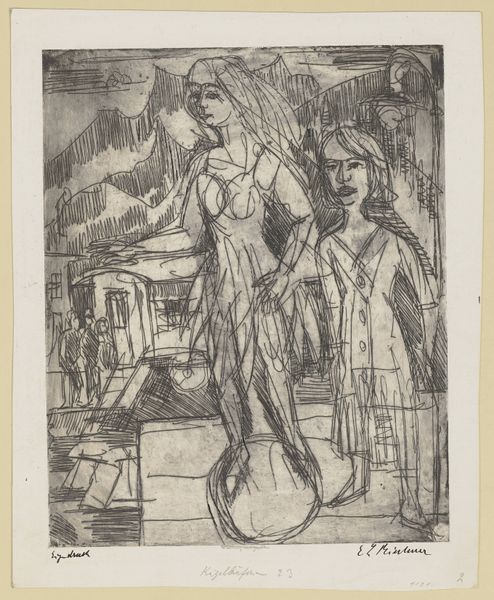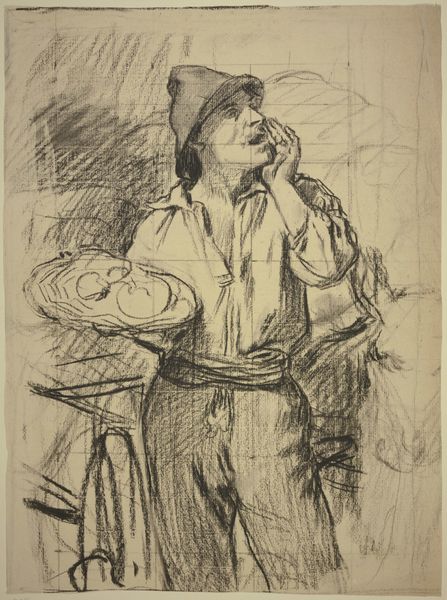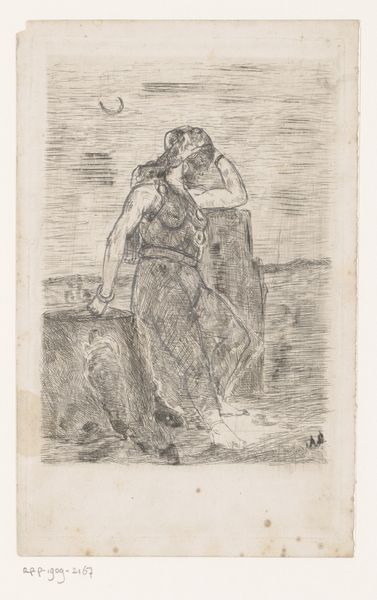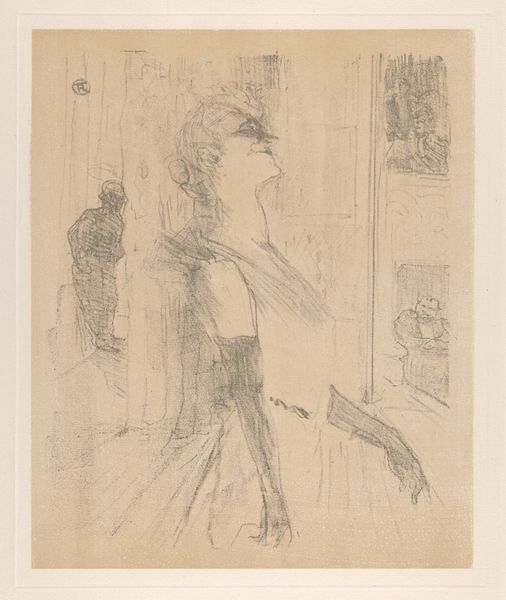![In the Opera Box (No. 3) [recto] by Mary Cassatt](/_next/image?url=https%3A%2F%2Fd2w8kbdekdi1gv.cloudfront.net%2FeyJidWNrZXQiOiAiYXJ0ZXJhLWltYWdlcy1idWNrZXQiLCAia2V5IjogImFydHdvcmtzL2YyMjNlMWNkLTk5YzMtNDZjNC1hNDExLTdlYmYxMjA5MjMwZC9mMjIzZTFjZC05OWMzLTQ2YzQtYTQxMS03ZWJmMTIwOTIzMGRfZnVsbC5qcGciLCAiZWRpdHMiOiB7InJlc2l6ZSI6IHsid2lkdGgiOiAxOTIwLCAiaGVpZ2h0IjogMTkyMCwgImZpdCI6ICJpbnNpZGUifX19&w=3840&q=75)
drawing, paper, dry-media, pencil
#
portrait
#
drawing
#
figuration
#
paper
#
dry-media
#
pencil drawing
#
pencil
Dimensions: overall (approximate): 21.2 x 16 cm (8 3/8 x 6 5/16 in.)
Copyright: National Gallery of Art: CC0 1.0
Editor: This is Mary Cassatt’s “In the Opera Box (No. 3) [recto],” created around 1880 using pencil. It feels like a captured moment, an intimate glance at a woman amidst the grandeur of the opera. How do you interpret this work, especially considering the social context of the time? Curator: Cassatt, a woman artist depicting women, immediately disrupts the historically male gaze dominating artistic representation. "In the Opera Box" presents a fascinating perspective on the public role of women in the late 19th century. Consider where she is – the opera, a social stage itself, highlighting visibility and spectatorship. The fan becomes a tool, doesn't it? Perhaps a screen, an extension of her agency in negotiating social spaces. Editor: I hadn’t considered the fan that way. Is Cassatt perhaps commenting on the restricted, yet performative nature of women’s roles in society through this scene? Curator: Precisely. And notice how the lines aren't perfectly refined – this imperfection introduces modernity into the formal constraints of portraiture. It hints at Japonisme's influence, disrupting traditional composition, don't you think? What do you make of the rough sketch, rather than fully polished oil? Editor: It gives it an immediacy, almost as if she wanted to portray this scene from memory, prioritizing conveying the mood and experience of a social space through form, line, and contrast instead of academic rigor. This really opens up new ideas of what portraits are "for"–not just who is depicted, but *how* and *why* as well. Curator: Exactly! Understanding these aspects sheds light on the artist's perspective, shifting it from the depicted figure to Cassatt herself, and prompting dialogue with wider cultural frameworks and ideologies. This is very useful.
Comments
No comments
Be the first to comment and join the conversation on the ultimate creative platform.
